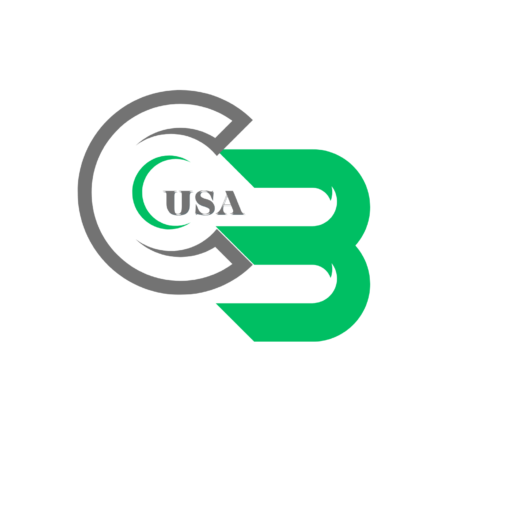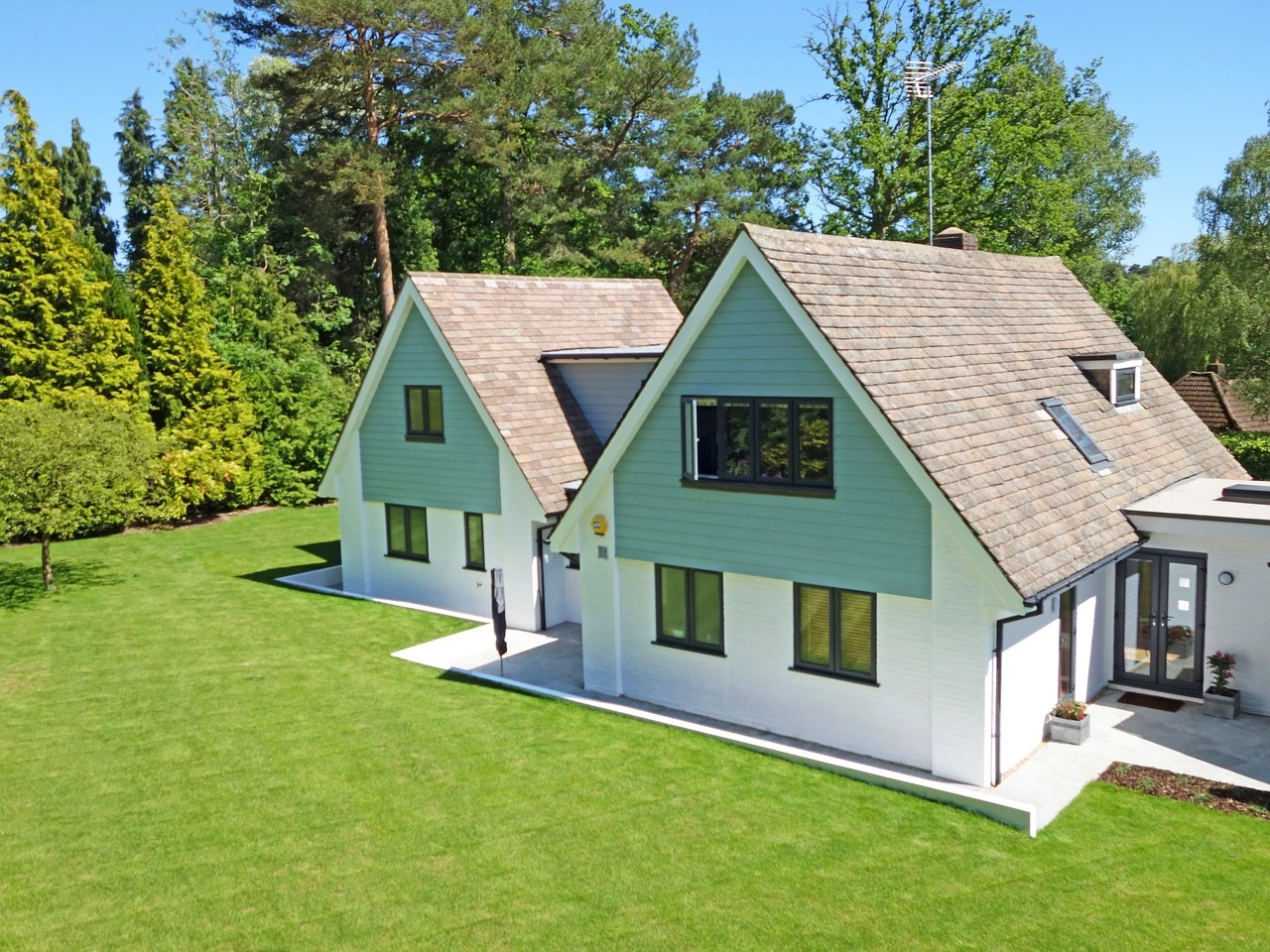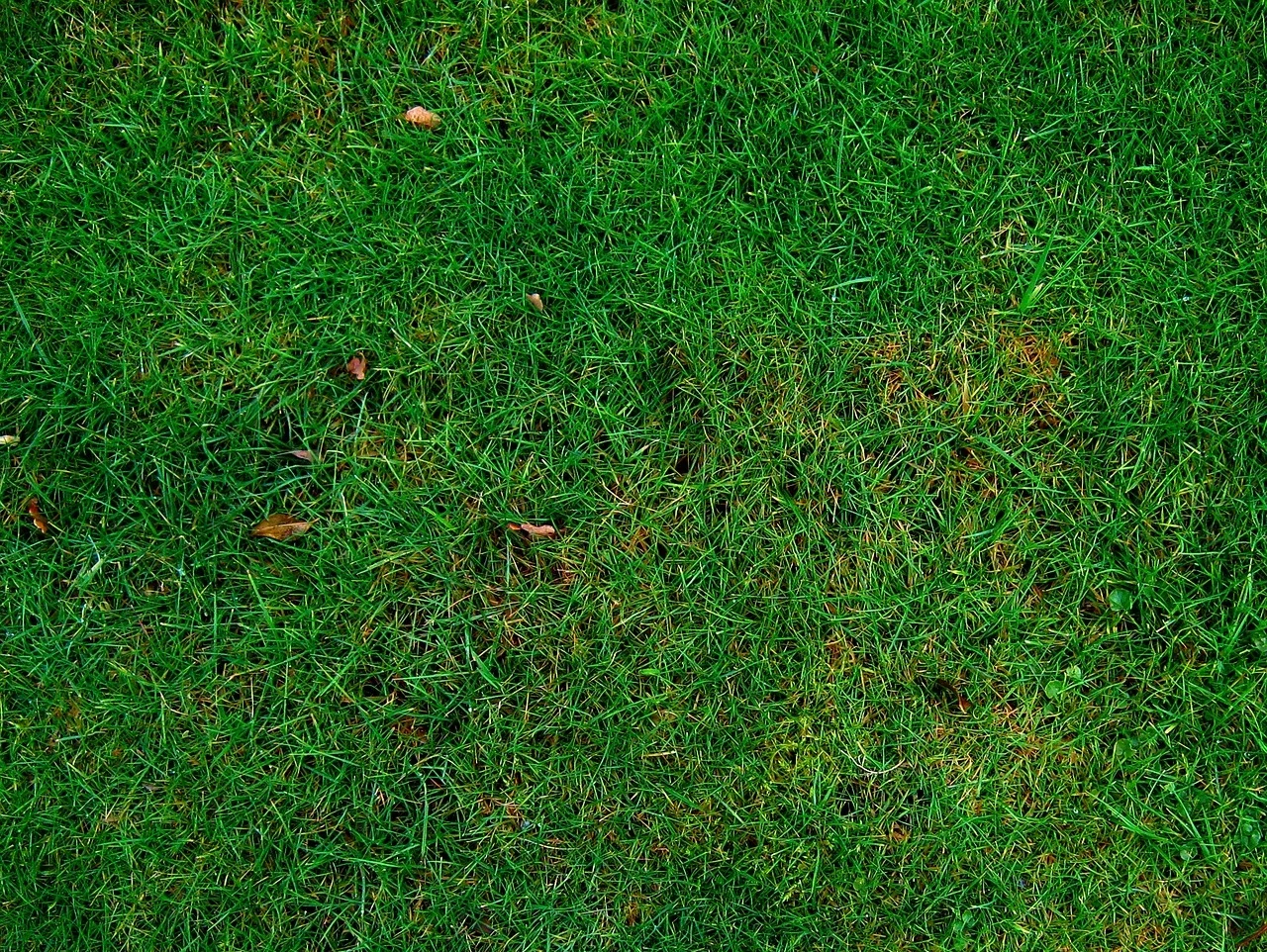Belgium block edging is an exceptional choice for those who want to bring structure and elegance to their outdoor spaces. Known for its durability and classic aesthetic, Belgium block edging can be used in various landscaping designs to add definition, prevent erosion, and increase curb appeal. Here, we’ll dive into the benefits, uses, and installation methods of Belgium block edging, answering common questions to help you make informed decisions about adding it to your property.
- What Is Belgium Block Edging?
- The Benefits of Belgium Block Edging
- Popular Uses for Belgium Block Edging
- Materials and Tools Needed for Installation
- How to Install Belgium Block Edging Step-by-Step
- Choosing the Right Type of Belgium Block for Your Landscape
- Maintaining Your Belgium Block Edging
- Cost of Belgium Block Edging
- Comparing Belgium Block with Other Edging Options
- Final Thoughts on Belgium Block Edging
- FAQs
What Is Belgium Block Edging?
Belgium block, sometimes referred to as “cobblestone edging,” is a form of stone edging traditionally made from granite. These blocks are typically larger and more robust than standard pavers, providing both durability and a bold, rustic look. Belgium block edging has been used for centuries in European architecture, particularly in roads and historical buildings. Today, it is commonly applied in residential and commercial landscaping to enhance design and functionality.
The Benefits of Belgium Block Edging
Adding Belgium block edging to your landscape comes with numerous benefits.
Durability
Made from solid granite, Belgium blocks are highly resistant to weather, wear, and breakage, making them a long-lasting choice for landscaping.
Aesthetic Appeal
The classic and timeless look of Belgium blocks adds elegance and character to any landscape, enhancing its visual appeal.
Prevents Erosion
Belgium block edging helps prevent soil erosion around flower beds, walkways, and driveways, protecting your landscape.
Low Maintenance
Once installed, Belgium block edging requires minimal upkeep and can last for decades without the need for frequent repairs.
Enhanced Property Value
Well-designed Belgium block edging increases your property’s curb appeal, which may also help boost its resale value.
Popular Uses for Belgium Block Edging
Belgium block edging is versatile and suitable for various landscaping applications:
- Driveway Edging: Defines the boundary and prevents vehicles from rolling off the driveway.
- Garden and Flower Bed Borders: Keeps soil and mulch contained while adding a structured, clean look to garden areas.
- Walkway Edging: Enhances the appearance of walkways, making them look polished and professional.
- Tree Rings: Adds character around trees, keeping soil and mulch in place.
- Patio and Pathway Edging: Provides a rustic frame around patios and paths.
Materials and Tools Needed for Installation
To install Belgium block edging, you’ll need the following materials and tools:
- Belgium Blocks: Choose the appropriate size and color based on your landscape design.
- Gravel Base: To create a stable foundation.
- Sand: Helps level the blocks and provides stability.
- Landscape Fabric: Prevents weed growth.
- Edging Spikes: Secures the blocks in place if necessary.
- Shovel and Rake: For digging and leveling the soil.
- Rubber Mallet: Used to gently tap blocks into place.
- Level: Ensures blocks are evenly placed.
- Concrete Mortar (optional): Adds extra security for blocks, particularly in high-traffic areas.

How to Install Belgium Block Edging Step-by-Step
Step 1: Plan and Measure
Outline the area where the edging will be installed. Use stakes and string to mark the boundaries and determine the exact length required.
Step 2: Dig the Trench
Excavate a trench along the marked line. The trench should be deep enough to accommodate the height of the Belgium blocks with a gravel base, usually around 4-6 inches deep.
Step 3: Lay the Base
Spread a layer of gravel, about 2-3 inches thick, along the trench, then add a thin layer of sand. Use a tamper to compact the gravel base for stability.
Step 4: Set the Blocks
Place each Belgium block into the trench, making sure they are level with each other. Gently tap each block into place using a rubber mallet. For a tighter fit, stagger the blocks slightly.
Step 5: Fill the Gaps
After positioning the blocks, fill the spaces between them with sand or soil to secure the blocks further.
Step 6: Secure with Mortar (Optional)
For driveways or high-traffic areas, you may want to apply concrete mortar along the base of the blocks to prevent shifting over time.
Choosing the Right Type of Belgium Block for Your Landscape
Belgium blocks come in various sizes, colors, and finishes, so consider these factors when selecting your blocks:
- Size: Standard sizes include jumbo, regular, and mini. The size you choose should depend on the scale of your project.
- Color: Belgium blocks are typically gray, but shades of pink, black, and yellow are also available to match different aesthetics.
- Finish: Choose from smooth, rough, or polished finishes depending on the look you want to achieve.
Selecting the right block type ensures the edging complements your landscape design and functions as intended.
Maintaining Your Belgium Block Edging
Belgium block edging requires minimal maintenance but benefits from occasional care:
- Weed Control: Apply a pre-emergent weed killer around the blocks, and add landscape fabric under the edging to minimize weed growth.
- Cleaning: Use a pressure washer to clean blocks annually, removing any dirt or mildew.
- Re-leveling: Inspect for any shifted blocks due to weather or soil movement, and re-level as necessary.
Proper maintenance will keep your Belgium block edging looking pristine for years.
Cost of Belgium Block Edging
The cost of Belgium block edging varies depending on factors like block size, color, and installation type. On average:
- Material Costs: Standard Belgium blocks typically cost $5-$10 per block, though prices can vary based on color and size.
- Installation Costs: Professional installation can range from $10-$30 per linear foot.
DIY installation can reduce costs, but it requires time, tools, and labor. Budget accordingly based on your project’s scope.
Comparing Belgium Block with Other Edging Options
To decide if Belgium block edging is right for your landscape, consider these comparisons:
- Belgium Block vs. Concrete Edging: While concrete edging is versatile and low-cost, Belgium blocks offer a more natural, upscale look and greater durability.
- Belgium Block vs. Brick Edging: Brick edging is less costly but lacks the durability and aesthetic appeal of granite Belgium blocks.
- Belgium Block vs. Metal Edging: Metal edging is sleek and modern, suitable for contemporary designs, whereas Belgium blocks are more classic and robust.
Each option has unique benefits, so weigh these against your landscape style and budget.
Final Thoughts on Belgium Block Edging
Belgium block edging brings sophistication, durability, and timeless appeal to any landscape design. From driveway borders to garden beds, it serves both functional and aesthetic purposes. With minimal maintenance and the flexibility to match various design themes, Belgium block edging remains a popular choice for homeowners and landscapers. Whether you’re enhancing curb appeal or protecting landscape features, investing in quality Belgium block edging can transform your outdoor space into a refined, polished area you’ll enjoy for years.
FAQs
How much does Belgian block curbing cost?
Belgian block curbing typically costs between $5 and $10 per block. Professional installation can add $10 to $30 per linear foot, depending on location and project size.
Why is Belgian block so expensive?
Belgian block is more expensive because it’s made from durable, high-quality granite, which is costly to quarry and transport due to its weight.
What is the use of Belgium block?
Belgium block is primarily used for edging driveways, walkways, and garden beds. It adds structure, prevents soil erosion, and enhances landscape aesthetics.








